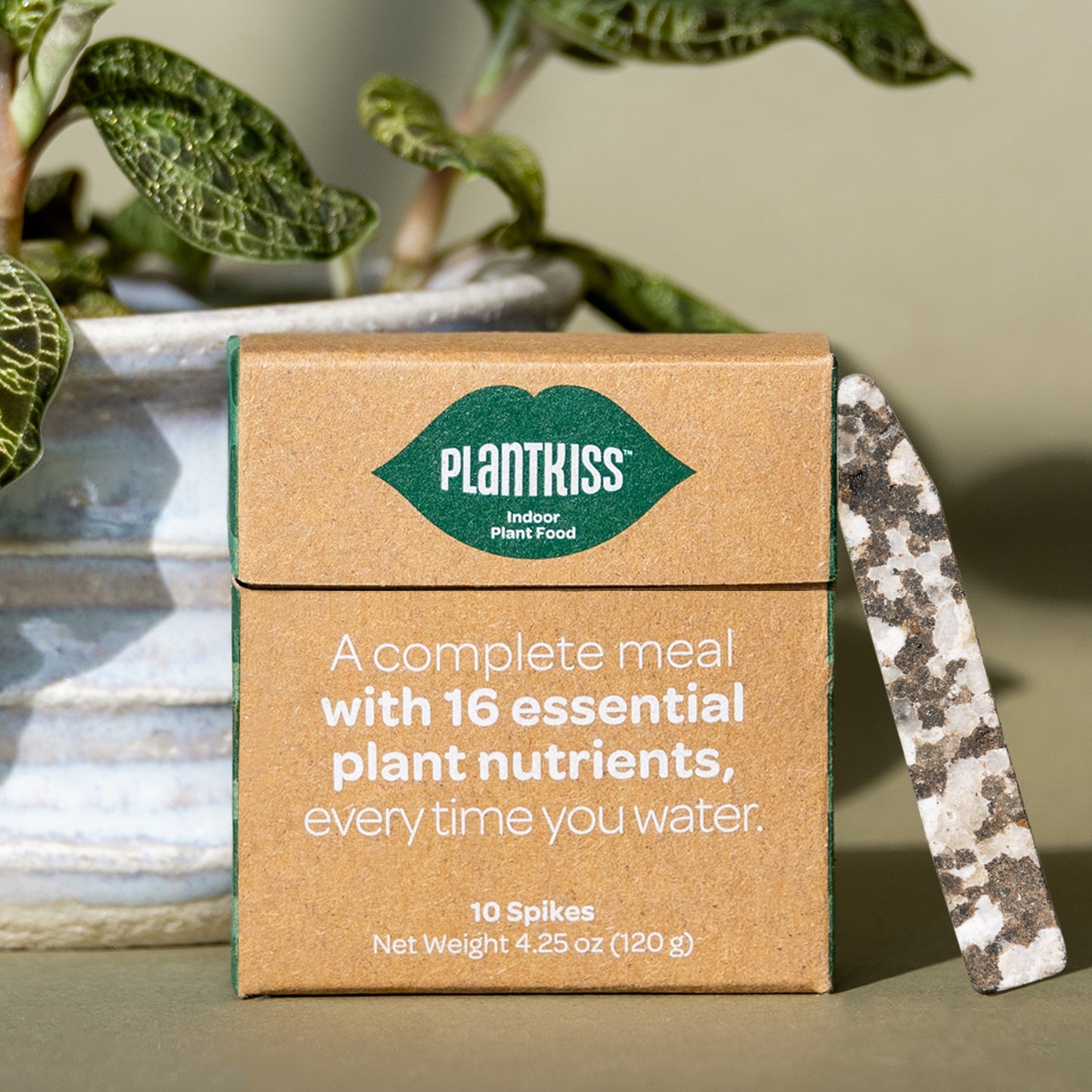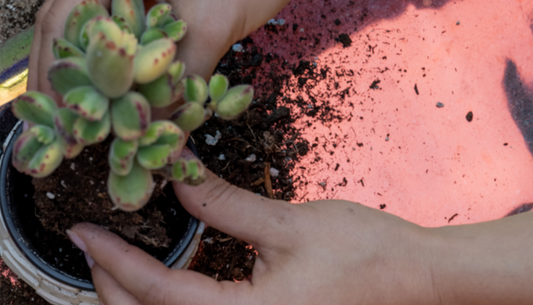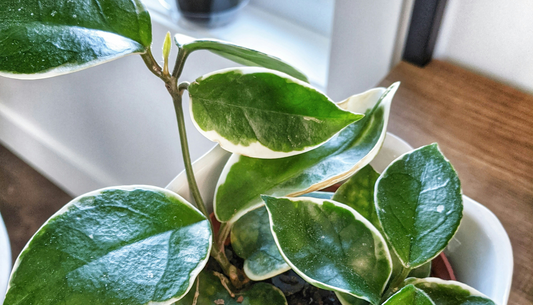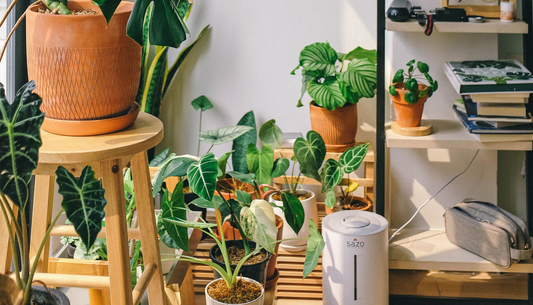We find houseplants really attractive. But unfortunately, so do pests. They can cause damage, spread disease, and even infest other areas of your home.
But don't worry, there are plenty of ways to deal with the little critters that will keep your plants healthy and thriving.
Spotting Common Pests
The first step in dealing with pests is to identify them. Some common ones include spider mites, mealybugs, scale insects, and fungus gnats. Each of these can cause different types of damage to your plants, so it's important to know what you're dealing with.
Spider mites are tiny arachnids that can be hard to see with the naked eye. They often leave small webs on your plants and can cause yellow or brown spots on the leaves.
Mealybugs are small, white, cottony insects that can be found on the undersides of leaves and in plant crevices. They suck the sap from plants and can cause wilting and yellowing.
Scale insects are hard, shell-like pests that attach themselves to the stems and leaves of plants. They can cause yellowing and stunted growth.
Fungus gnats are tiny flies that feed on the fungi found in potting soil. They can be a nuisance and cause damage to young plants.
Pest Prevention Tips
The best way to deal with pests is to nip them in the bud. Here are a few tips to help prevent them from infesting your houseplants:
- Healthy plants are less likely to attract pests. Make sure your plants are getting the right amounts of light, water, and nutrients.
- Before bringing a new plant into your home, inspect it for any signs of pests or disease. Quarantine new plants for a few weeks to make sure they're not harboring any pests.
- Clean up any dead leaves or debris around your plants. This will help prevent pests from finding a home in your pots.
- High-quality potting soil is more likely to be free of pests or disease. Avoid using soil from your yard or garden, as it can contain pest eggs.
##product
Dealing with Pests
If you do notice pests on your houseplants, don't panic. Here are a few ways to take on the problem:
- Manual removal: If you only have a few pests on your plants, you can try removing them by hand. Use a cotton swab dipped in rubbing alcohol to remove mealybugs and scale insects. Use a damp cloth to wipe spider mites off the leaves.
- Insecticidal soap: A safe and effective way to get rid of many types of pests on houseplants. You can purchase it at your local garden center or make your own by mixing a few drops of dish soap with water.
- Neem oil: A natural pesticide that can be used to get rid of many types of pests on houseplants. It works by disrupting the insect's hormonal balance and preventing it from feeding and reproducing.
- Sticky traps: A great way to catch and control flying pests like fungus gnats. Place the traps near your plants and the pests will stick to them.
Keep Time On Your Side
Dealing with houseplant pests can be frustrating, but it's important to take action as soon as you notice a problem. Through early prevention and quick response, you can keep pests at bay so your plants can enjoy an long, healthy life.






